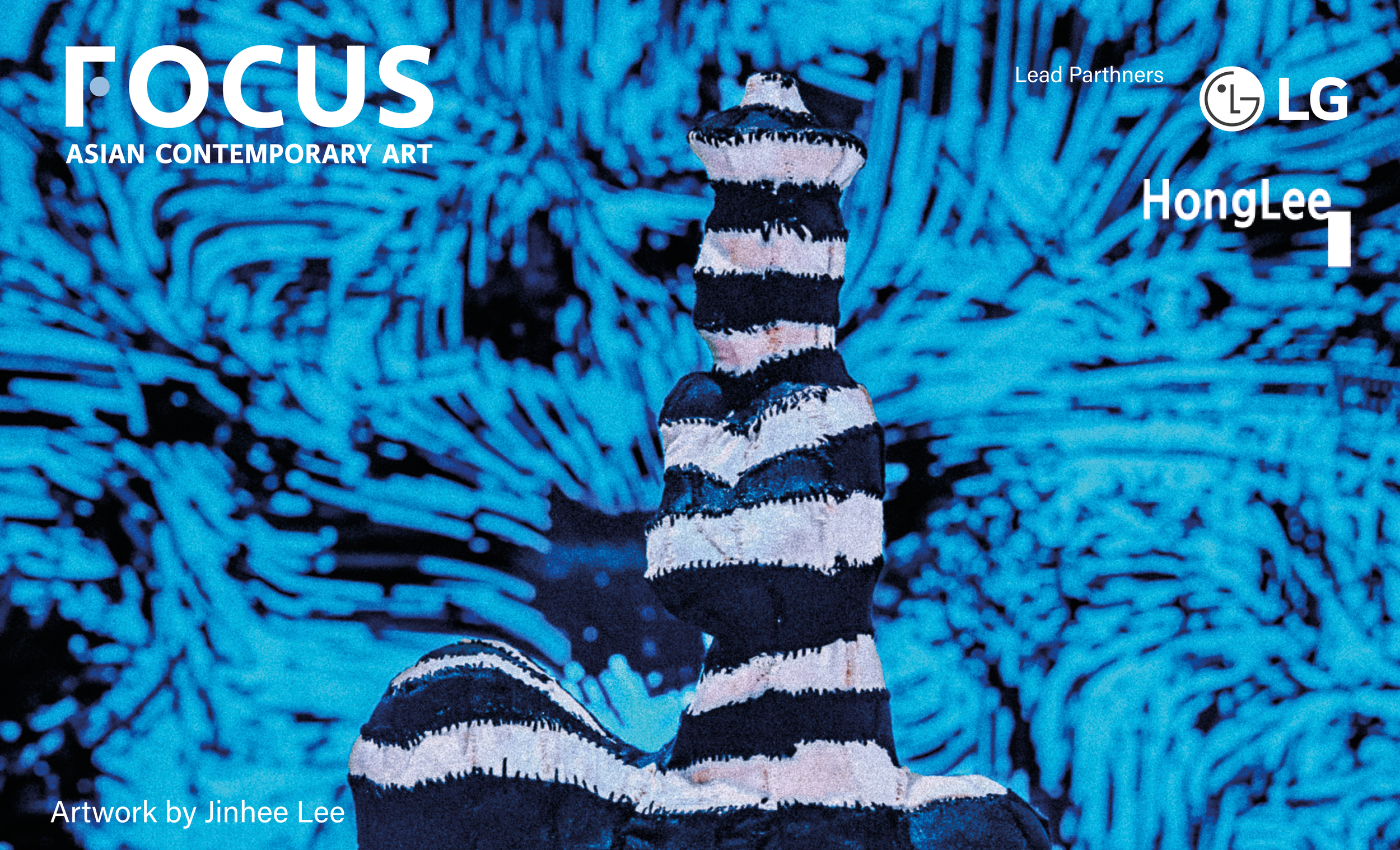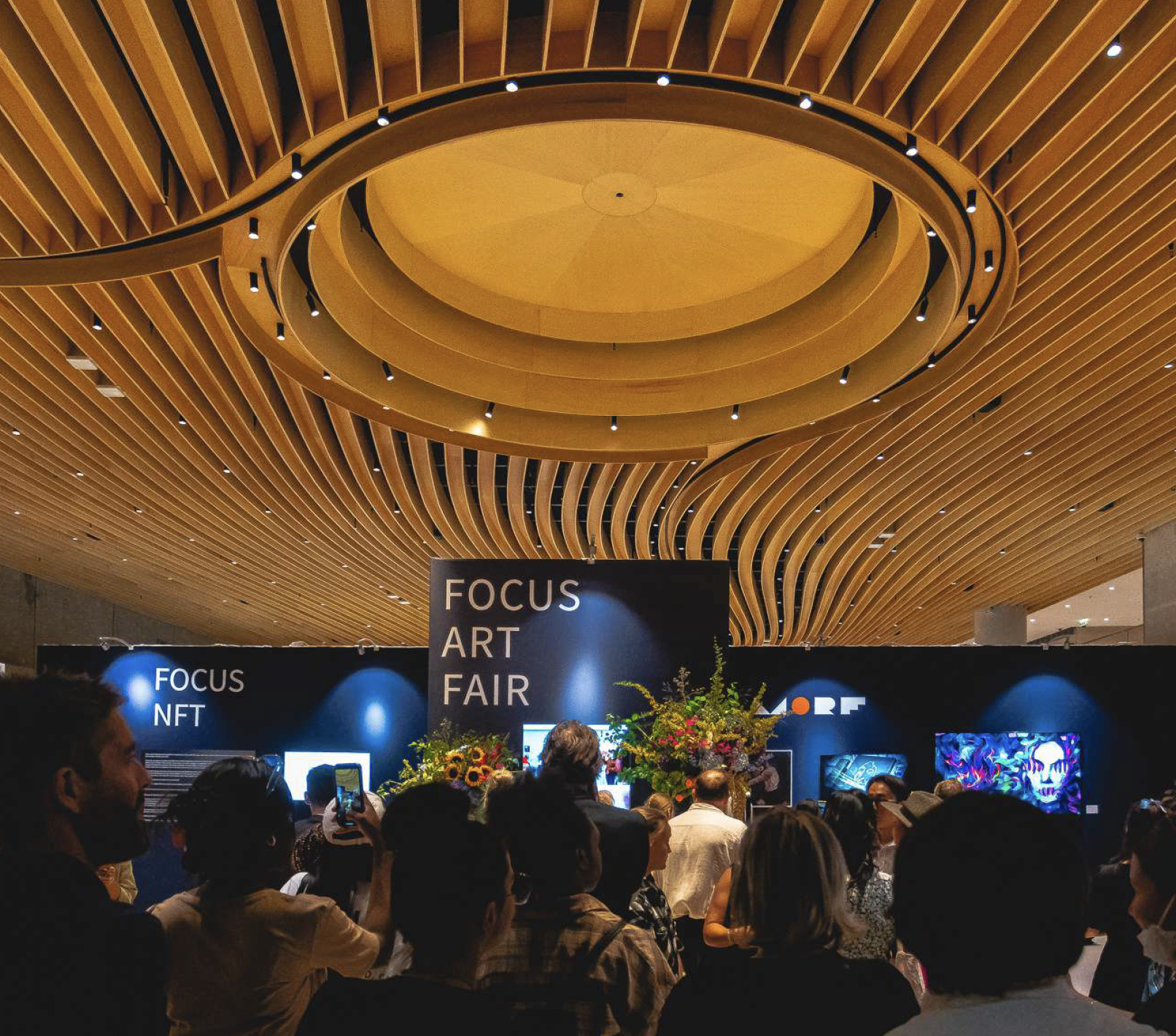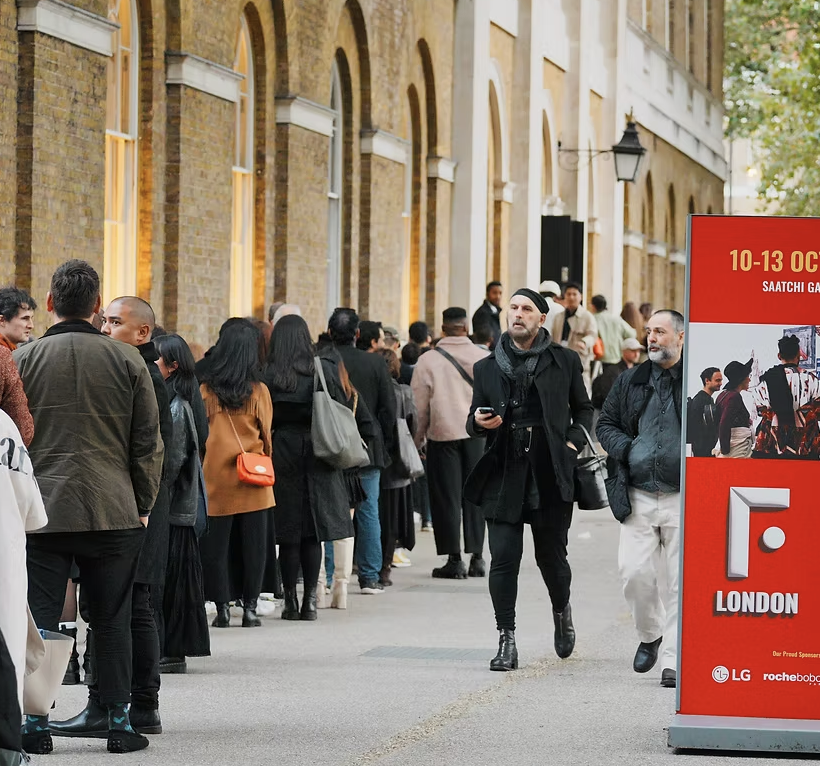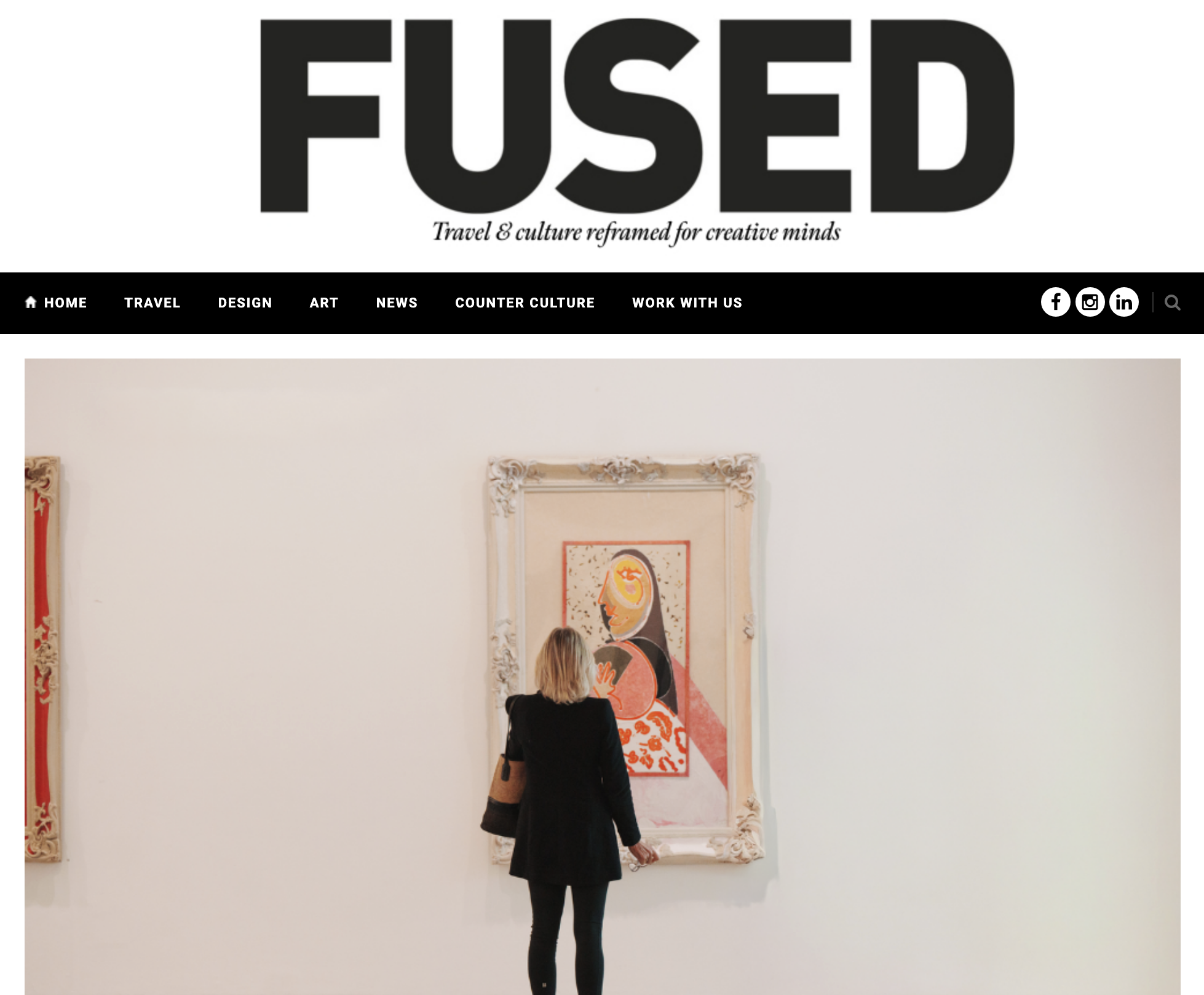Featuring Contemporary Art
From East Asia
To the Middle East
New York Apply 2026
New York Apply 2026
New York 2026
The Asian Contemporary Art Fair New York 2025 brings together a diverse group of artists from across Asia, presenting a dynamic vision of contemporary art today.
This year’s edition showcases works that transcend borders and cultures, revealing the passion and creative energy that drive Asia’s vibrant art scene.
Held at Chelsea Industrial, one of New York’s leading art venues, the fair offers visitors a unique opportunity to experience the depth, diversity, and innovation of contemporary Asian art at the heart of the global art world.
The First Global Asian Contemporary Art Fair
The First Global Asian Contemporary Art Fair
FOCUS Art Fair emphasises its unique role as a platform where art and experience converge, offering an immersive encounter beyond simple transactions. With a strong focus on Asia, the fair presents contemporary artistic discourse that bridges virtual and physical spaces. Learn more
-
Galleries/ Brands
Why Exhibit
-
Collectors/Press
Why Visit
New York 2026
21-24 May
Chelsea Industrial
Paris 2026
November
Up Coming
London 2025
16-19 October
Saatchi Gallery
Read
Features & News
FOCUS Art Fair London 2025 has been highlighted in numerous prominent media outlets across the UK and Asia, and has been recommended alongside other prestigious international art fairs. Through articles tailored to each publication’s perspective, audiences can discover a wide range of insights and stories about our fair. This strong media presence reflects how FOCUS has become a destination where visitors, travellers, and collectors gather to experience outstanding Asian contemporary art.
Chef Kiran Kim, also known as Chef Kiki, is a Michelin-starred chef celebrated for blending her Korean heritage with modern culinary artistry. Known for her expertise in fine dining and innovative presentations, she has worked at prestigious establishments like Mirazur, one of the world’s best restaurants. Chef Kiki’s dishes are rooted in traditional Korean flavors, paired with contemporary techniques she honed during her time at renowned kitchens worldwide
FOCUS Art Fair London 2025 has been highlighted in numerous prominent media outlets across the UK and Asia, and has been recommended alongside other prestigious international art fairs. Through articles tailored to each publication’s perspective, audiences can discover a wide range of insights and stories about our fair. This strong media presence reflects how FOCUS has become a destination where visitors, travellers, and collectors gather to experience outstanding Asian contemporary art.


